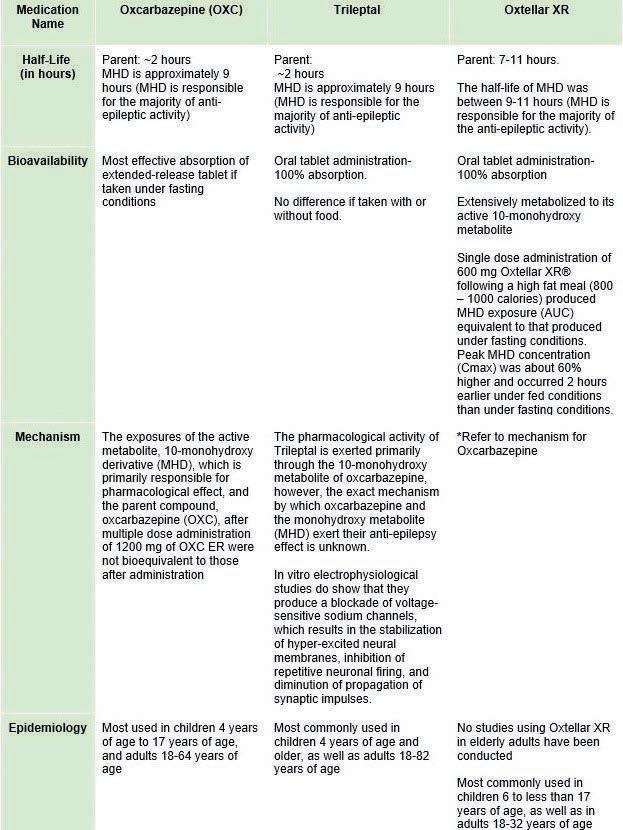Scholarly Research In Progress • Vol. 5, November 2021
Geographic Variability in Antibiotic Prescribing Rates in Medicaid Alexia G. Aguilar1†, Priscilla C. Canals1†, Kimberly A. Miller1, and Brian J. Piper1,2 Geisinger Commonwealth School of Medicine, Scranton, PA 18509 ²Center for Pharmacy Innovation and Outcomes, Forty Fort, PA 18704 † Doctor of Medicine Program Correspondence: aaguilar@som.geisinger.edu 1
Abstract Background: Antibiotic resistance is a persistent and growing concern. There is a lack of data identifying the current state of antibiotic prescription patterns in the Medicaid program. We analyzed temporal and regional trends in antibiotic prescribing data across the United States (U.S.) to identify regional disparities. Methods: We analyzed prescribing rates over the past 2 years in Medicaid Part D for 8 antibiotics. Four were broad spectrum: azithromycin, ciprofloxacin, levofloxacin, and moxifloxacin; and 4 were narrow spectrum: amoxicillin, cephalexin, doxycycline, and trimethoprim/sulfamethoxazole. We identified the geographical distribution of these antibiotics across the U.S. Furthermore, we evaluated total antibiotic prescriptions per state per quarter during 2018 and 2019 collected from the Medicaid State Drug Utilization database. Prescription rates were reported per 1,000 Medicaid enrollees. The states were divided into specific geographic regions according to the U.S. Census to determine which regions have the highest and lowest prescription rates. We analyzed the data and constructed figures using International Business Machine Corporation’s Statistical Package for the Social Sciences (IBM SPSS), Statistical Analysis System’s John’s Macintosh Project (SAS JMP), and GraphPad Prism. Results: Antibiotic prescriptions decreased 9.6% from 2018 to 2019. Amoxicillin was the predominant antibiotic, followed by azithromycin, cephalexin, trimethoprim/sulfamethoxazole, doxycycline, ciprofloxacin, levofloxacin, and moxifloxacin. Substantial geographic and quarterly variation in antibiotic prescribing existed. The South prescribed 52.2% more antibiotics (580/1,000) in 2019 than the West (381/1,000). We identified a significant correlation between the 2018 and 2019 prescription rates (r =0.95, p < 0.001). Conclusions: This study identified the geographical prescribing rates of 8 antibiotics during 2018 and 2019. The south had the highest prescribing rates among all the regions. Areas of high antibiotic prescribing rates may benefit from programs to reduce unnecessary prescribing. Further analysis on state level Medicaid or prescribing policies may be done to identify reasons for such high prescribing rates.
Introduction Due to the increasing use of antibiotics over the past century, antibiotic resistance has become one of the most pressing threats to public health today. According to the World Health Organization, increasing antibiotic resistance is one of the biggest threats to global health, food security, and development of human defenses today (1). Studies have discovered overuse
and inappropriate prescribing of antibiotics in a variety of health care settings (2–5). According to a 2019 report released by the Centers for Disease Control and Prevention, more than 2.8 million antibiotic-resistant infections occur in the United States (U.S.) each year, and more than 35,000 people die as a result. (6). Most of these antibiotic prescriptions are for respiratory infections commonly caused by viruses, which do not respond to antibiotics. (7). Antibiotics are often prescribed unnecessarily (8, 9), and 30–50% of prescriptions for them are not associated with an indication (10–12). Sulfonamides and urinary antiinfective agents are the classes most likely to be prescribed without documentation (11). Up to 25% of antibiotics prescribed in the outpatient setting to Medicaid beneficiaries were not associated with a provider visit and therefore are not screened by existing antimicrobial stewardship systems (13). Further, among 298 million prescriptions filled by 53 million Medicaid patients between 2004 and 2013, 45% of prescriptions for antibiotics were made without any clear rationale. Twenty-eight percent of antibiotics were prescribed without evidence of seeing the provider, and 17% were given without documentation for infection-related diagnosis. Inappropriate antibiotic prescribing leads to antibiotic resistance on individual as well as community levels, particularly against public health threats such as carbapenem-resistant Enterobacteriaceae and methicillin-resistant Staphylococcus aureus (14). Furthermore, overuse of antibiotics increases the risk of adverse effects such as rash, GI upset, and renal dysfunction (6). The risk of infection with Clostridium difficile increases with duration of exposure to antibiotics (15, 16). Recent data supports the relationship between early antibiotic exposure before age 2 and subsequent negative outcomes such as obesity, autoimmune disorders, and asthma (17). It has been found that geographic areas with high antibiotic consumption are associated with increased antibiotic resistance, and that broad-spectrum antibiotics are more likely to be associated with antibiotic resistance (18). The South census region of the United States has the highest prescribing rate among the rest of the country (19, 20). Examination of antibiotic prescription variation in the U.S. in 2011 found that the most common antibiotic categories were penicillins followed by macrolides. Among individual antibiotics, the most prescribed antibiotic agents were azithromycin followed by amoxicillin. When examining geographic trends in prescriptions, prescribing rates were highest in the South. Specifically, Kentucky had the highest prescriptions rates (1,281 prescriptions per 1,000 persons) which was about four-fold higher than Alaska with the lowest (348 per 1,000 persons) (19). A report of California Medicaid beneficiaries also found penicillins to be the most prescribed antibiotic class, followed
5












































